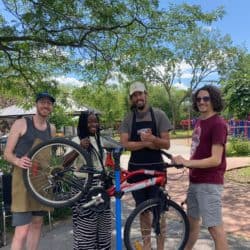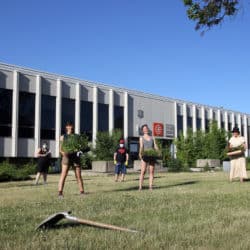Non-profits tackle big problems: poverty; inequities in health, education, and work access; sexual and racial discrimination; refugee crises; food insecurity; community development; et cetera. But a cross-cutting challenge calls for their contribution at another level: the climate crisis. In our Mission Transition series, contributor Diane Bérard examines why non-profits and civil society groups should make the socio-ecological transition a core driver of their strategy, how to do it, and how funders can help. She spoke with seven organizations with very different missions, all contributing to the transition in their own way.
In our third Mission Transition profile, we look at YAM (Y’a quelqu’un l’aut’bord du mur; in English: “There’s someone on the other side of the wall”), which manages innovative environmental projects that improve citizens’ quality of life. It works with the political ecosystem, the health and social ecosystem, dozens of citizens’ committees, and the private sector.
What is YAM’s mission?
YAM is a social economy enterprise managing innovative environmental projects that improve citizens’ quality of life through greening, agriculture, cleanliness, and a graffiti-removal service. Through its projects, YAM promotes the socio-professional integration of young people and community engagement. The communities are the actors and the beneficiaries of all our projects.
Who are YAM’s collaborators?
We work with the political ecosystem – boroughs’ administrations – and with the health and social ecosystem – CIUSSS East of Montréal (health and social services centres). We also collaborate with dozens of citizens’ committees and the private sector.
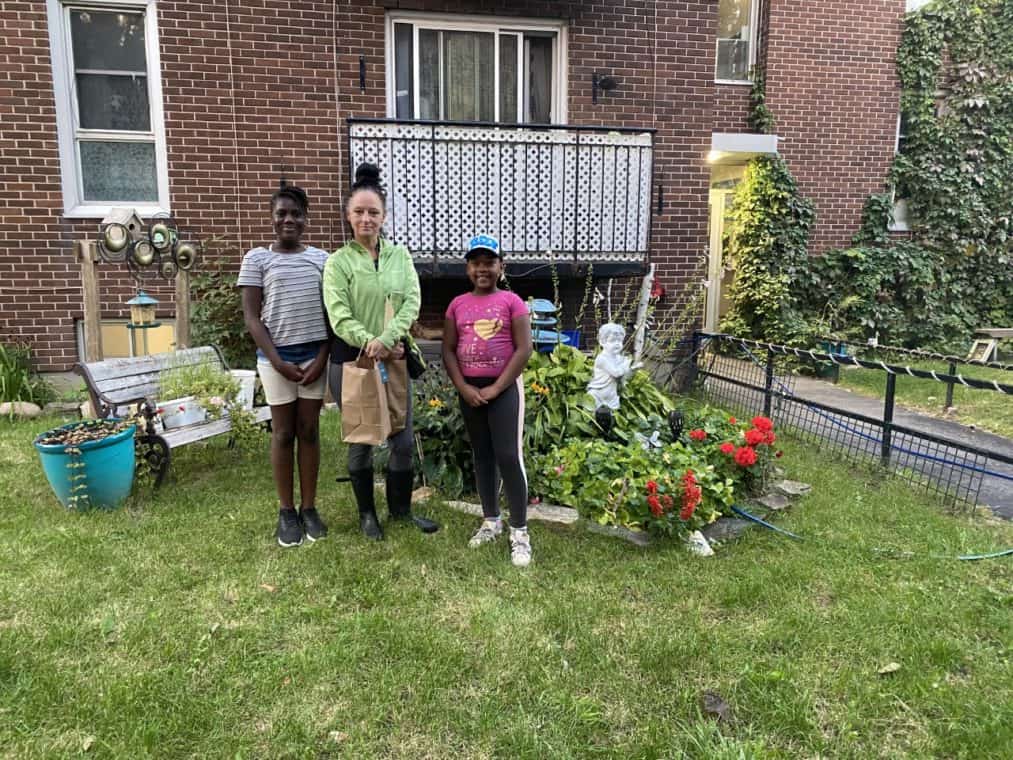
How are you financed?
We are a social enterprise. We raise autonomous revenues and we get funding. A few years ago, one of our funders asked us to raise at least 40% of our revenues. Since then we have reached 80%. We get contracts from the collaborators I just named: municipalities, private sector, and public sector institutions.
What is your definition of the socio-ecological transition?
Transition first happens through behavioural change. You observe your actions, realize their impacts, and act differently to attain different results. It is as complicated and as simple as that. Complicated because old habits die hard. Simple because every citizen can contribute to the transition. There is a persistent “transition myth” that only those with a high level of environmental literacy can lead the transition. There is little diversity in the transition community; if that does not change, then change will not happen. We need to democratize transition. It is not a green thing; it is a “brown” thing. You have to get down on the ground and get dirty – you do not build a community garden with your brain!
How do you work?
Some of our projects originate from the boroughs. For example, YAM manages the éco-quartier (eco-neighbourhood) program in the boroughs of Mercier–Hochelaga-Maisonneuve and Rosemont–La Petite-Patrie. The éco-quartiers are first-line resources to raise environmental awareness and provide essential ecological services. Other projects are private initiatives. For example, a company recently hired us to cultivate a garden on a portion of its land and redistribute the food to local non-profits. Schools also use our expertise to build gardens, start compost programs, or create environmental-awareness classes. We also work with seniors. For example, we give workshops in long-term-care facilities on zero waste and creating cleaning products with the smallest footprint. We start with kids and make sure their grandparents do not feel left out. The elders’ habits, consumption mode, and transport weigh heavily on environmental impact. YAM creates pathways for all citizens toward the transition journey.
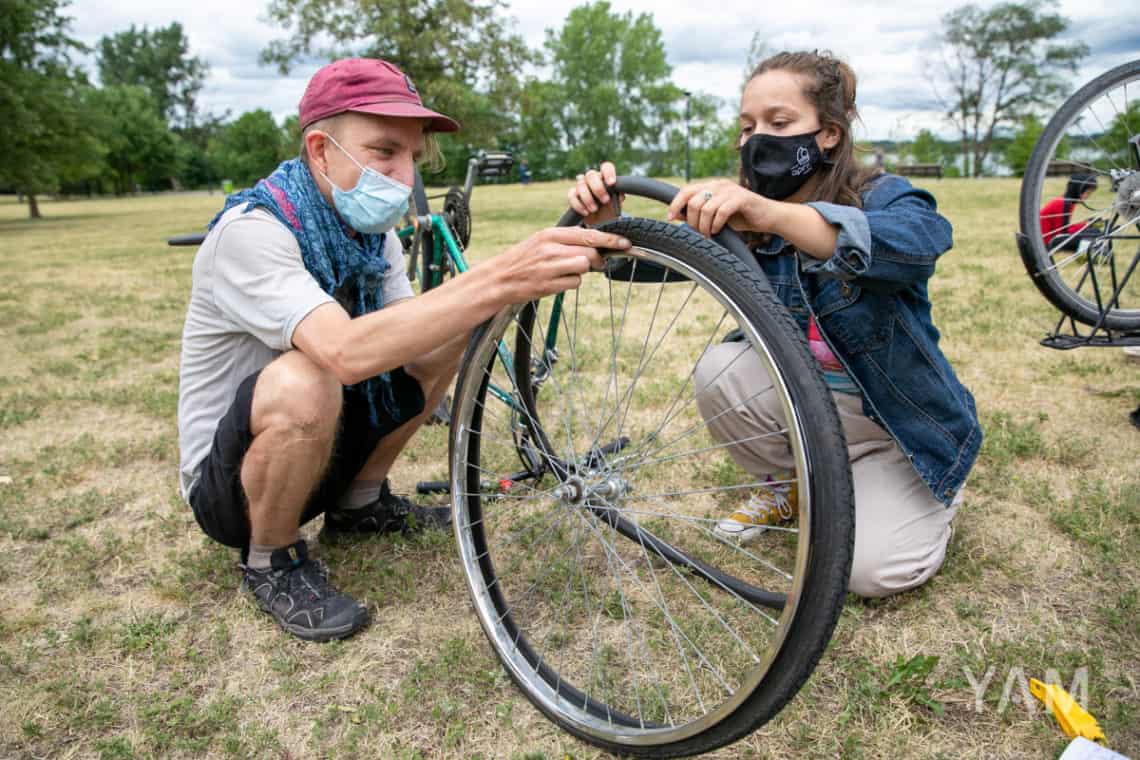
Let’s talk about Paysage solidaire, your urban agriculture program…
Since 2009, we have transformed mineralized, contaminated, and underused spaces in the Mercier–Hochelaga-Maisonneuve borough into various forms of urban farming sites. Paysage solidaire includes three initiatives: production, collective gardens, and circular economy. Our production is deployed in two locations: one belongs to SAQ (Quebec’s provincial alcohol beverage corporation) and the other to LCT Rousselot. Since 2009, those sites have produced five tons of fruits and vegetables that were sold, distributed, or transformed for the citizens’ benefit. Our collective gardens promote the appropriation of urban agriculture by residents. A horticultural animator is on-site to offer training and supervise operations. Several activities include day camps, early childhood centres, schools, and community organizations. Residents in the neighbourhood are also invited to participate in managing these gardens. The ultimate goal of Paysage solidaire is to develop and support food security and sovereignty in the borough, minimizing the distances travelled between production, processing, distribution sites, and consumers.
Urban agriculture is not only about food security and sovereignty; it is also about health habits and poverty alleviation…
I agree. Not all our gardening-workshop attendees will grow their food. Some will, some won’t, and that is fine. Others will simply discover new vegetables and fruits to add to their diet. They may cook more and buy less processed food, impacting their health and finances. That, too, is part of the socio-ecological transformation.
YAM has 15 employees, and every summer it hires 30 interns to contribute to its different projects. What is the profile of those interns?
They are as diverse as candidates from employment integration programs can be. Their only common thread is a lack of specialized skills. The mother lost her job during the pandemic and needs to regain confidence in herself and her abilities. The young adult who will turn 18 soon worries about his professional future when he leaves the youth centre where he spent the last few years. The marginalized citizen who has been unemployed for a while. They all get job experience and learn new skills while creating or maintaining a garden, removing graffiti, or giving public workshops on transition issues.
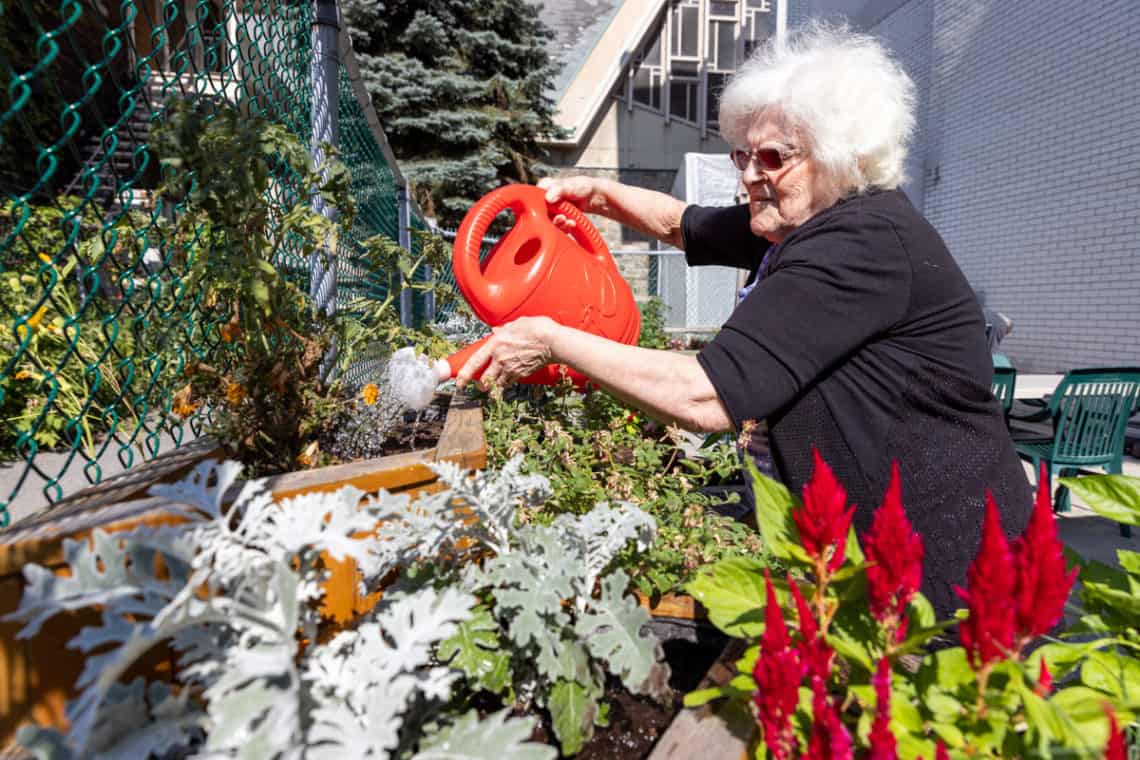
The democratization of the transition is close to your heart. So what’s the best way to go at it?
You need empathy and creativity. Recently, a public housing complex asked us to draw a mural in honour of a young man killed during a gun incident. Beauty brings hope and pride. A mural can be the first step in a neighbourhood improvement initiative. It becomes an informal gathering place. Then you add benches and flower boxes. And you propose gardening workshops to spread beauty. Slowly you build a relationship with citizens, and you can ask them what environmental project would catch their interest. But the transition is not only a matter of interest; it is also a matter of means. How do you create a recycling campaign for citizens who can’t read? How do you convince low-income residents to reduce their very costly car addiction? You can try to give them bikes.
What role do you see for the philanthropic sector in the transition?
I see a double challenge. First, foundations working to reduce poverty have to open themselves to the social impact of environmental projects. The climate crisis has enormous effects on the most vulnerable of us. Adaptation measures reduce poverty. On the other hand, foundations targeting the environment should turn their attention to the “unusual suspects.” They have to find a climate narrative that will resonate with them. How do we create environmental awareness for someone with no yard and no parking access? Environmental foundations need to take a leap of faith and finance organized groups. Early investments are required to build relationships like YAM does with murals. Then you can start a conversation about the transition.
What is your next big project?
We are working with ÉAU, a company that specializes in aquaponics, an integrated food production system. We explore the possibility of installing an urban aquaponic farm. The minister of agriculture partly finances it. This is an example where the support of foundations would be welcome to fund feasibility studies.
(Note: Daphné Mailloux-Rousseau left YAM at the end of March 2022. She is now general manager of La Fondation Accueil Bonneau. Luc Villandré is YAM’s associate executive.)
***
Read more in the Mission Transition series.
